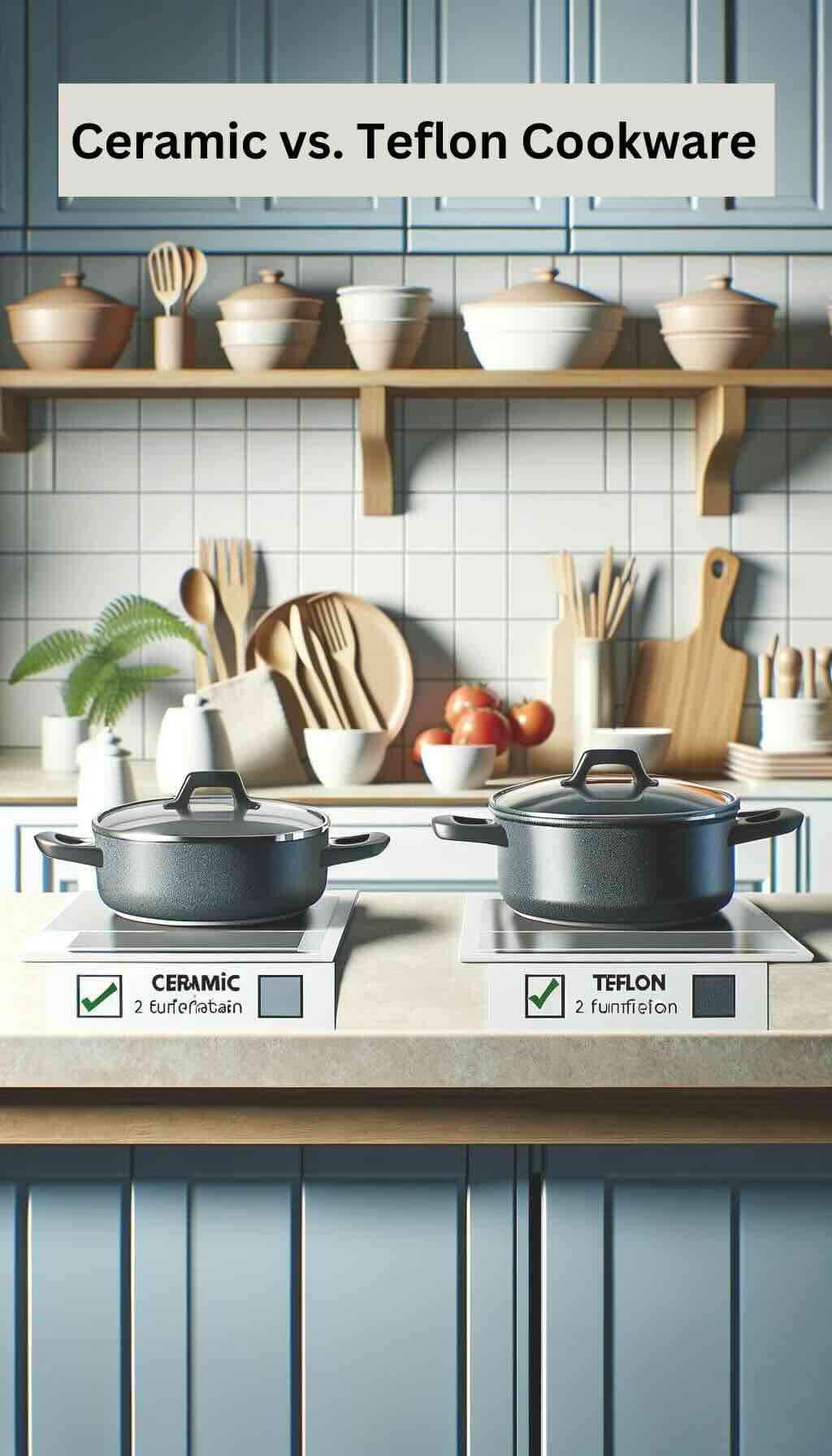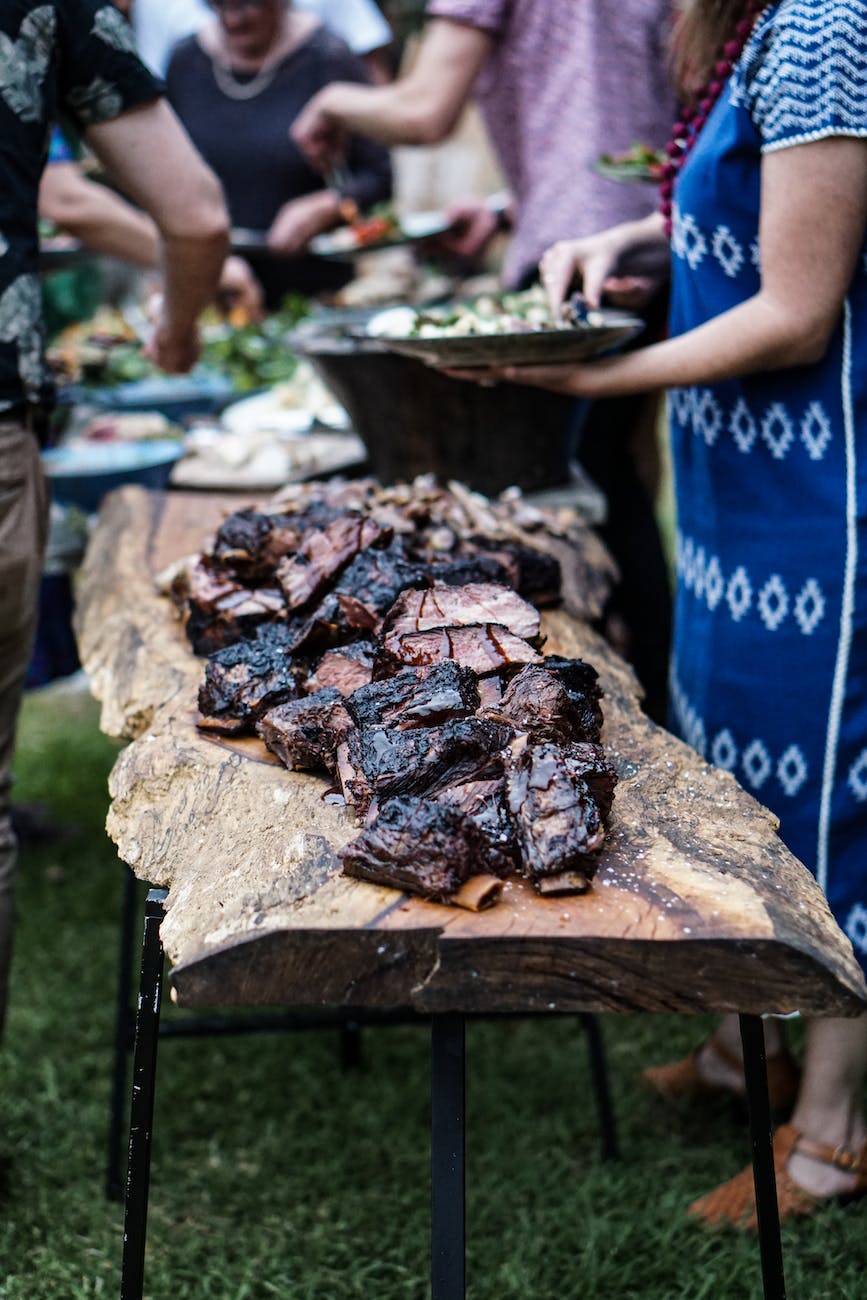
In the realm of culinary tools, copper cookware stands out for its unparalleled beauty and performance. Revered by professional chefs and home cooking enthusiasts alike, copper pots and pans are prized for their excellent heat conductivity and precision cooking. However, the lustre and efficiency of copper cookware come with a need for informed care and maintenance. Let’s delve into the essentials of embracing copper in your kitchen while ensuring its longevity and brilliance.
Why Choose Copper Cookware?
Copper cookware is not just about the aesthetic appeal; it’s a chef’s dream for several reasons:
Superior Heat Conductivity: Copper heats up quickly and evenly, eliminating hot spots that can cause uneven cooking.
Precise Temperature Control: It responds rapidly to changes in heat, giving cooks unparalleled control over the cooking process.
Heritage and Durability: High-quality copper pots can last for generations, becoming a cherished part of your kitchen arsenal.
The Care Copper Demands
While copper cookware is a joy to cook with, its upkeep requires attention to detail:
Cleaning Basics: After each use, wash your copper cookware with warm, soapy water and a soft sponge. Abrasive scrubbers can scratch the surface, so opt for gentleness. For stubborn food residue, soaking in warm soapy water can work wonders.
Polishing Perfection: The natural patina that copper develops can be beautiful, but if you prefer the original shine, regular polishing is a must. Use a specialised copper polish or a homemade solution of vinegar and salt to bring back the gleam. Apply the polish with a soft cloth, rinse thoroughly, and dry to prevent water spots.
Tin-Lined Copper Care: Many copper pots come with a tin or stainless steel lining. Tin-lined copper should never be heated empty and should be kept away from high heat to prevent the tin from melting. If the lining wears thin, it’s time for a professional retinning.
Avoiding Dishwashers: The harsh chemicals and high temperatures of a dishwasher can damage copper cookware. Stick to hand washing to preserve its finish and integrity.
Navigating Potential Pitfalls
While copper cookware is safe to use, there are a couple of considerations to keep in mind:
Acidic Foods: Unlined copper can react with acidic ingredients, leading to a metallic taste and potentially ingesting harmful amounts of copper. Lined copper cookware mitigates this risk.
Copper Toxicity: Though rare, cooking with damaged or unlined copper cookware can lead to copper leaching into food. Ensuring your cookware is well-maintained and properly lined will avoid this.
Making the Most of Your Copper
To truly benefit from your copper cookware, consider the following tips:
Match the Pan to the Job: Use copper pots and pans for tasks where precision is key. Delicate sauces, chocolates, and jams can all benefit from copper’s even heat distribution.
Heat Management: Copper’s excellent heat conductivity means you can often use lower heat settings than with other materials, saving energy and preventing scorching.
The Verdict: Is Copper Cookware Worth It?
For those who delight in the art of cooking, the investment in copper cookware is not just practical but also a nod to the craft of culinary creations. Its maintenance might require a bit more elbow grease, but the rewards—in terms of cooking performance and kitchen aesthetics—are unparalleled.
Copper cookware is more than just tools for the trade; they are heirlooms in the making, pieces of art that grace your stove and tables. With proper care, they not only facilitate the creation of innumerable delectable dishes but also tell stories of meals shared and savored. Embrace the copper, and let your culinary journey shine.
10 FAQs for “From Polish to Plate: The Copper Cookware Journey”
Why is copper cookware so highly regarded by chefs?
Copper’s superior heat conductivity ensures even heat distribution, eliminating hot spots and allowing for precise temperature control, making it a favourite among chefs.
Can copper cookware be used on all types of stovetops?
Yes, but if you have an induction cooktop, you’ll need a copper pan with a magnetic base or an induction plate.
How do I clean copper cookware without damaging it?
Use warm, soapy water and a soft sponge for regular cleaning. For polishing, apply a copper cleaner or a homemade mixture of vinegar and salt, then rinse and dry thoroughly.
How often should I polish my copper pots and pans?
It depends on your preference for the patina. If you prefer a bright finish, polish every few uses or when tarnishing appears.
What should I do if the tin lining of my copper pan wears thin?
Once the tin lining wears thin, it’s time for professional retinning to avoid direct contact between food and copper.
Is it safe to cook acidic foods in copper cookware?
Cooking acidic foods in unlined copper cookware is not recommended due to the risk of copper leaching. Use lined copper cookware for such foods.
Can copper cookware go in the dishwasher?
No, the harsh chemicals and high heat can damage copper cookware. Always hand wash.
Why does copper cookware sometimes cause a metallic taste in food?
This can happen if the cookware is unlined or the lining is damaged, allowing copper to react with acidic ingredients.
How can I prevent my copper cookware from tarnishing?
Regular cleaning and polishing will prevent tarnish. Store in a dry place to minimize exposure to moisture, which can accelerate tarnishing.
Are there any foods that are particularly well-suited to cooking in copper?
Delicate sauces, chocolates, and candies benefit from the precise temperature control copper cookware offers.
Blog Tags
copper cookware, culinary tools, kitchen maintenance, precise cooking, heritage cookware, non-stick surfaces, cookware care, eco-friendly cooking, professional kitchen, home cooking
10 FAQs for “From Polish to Plate: The Copper Cookware Journey”
Why is copper cookware so highly regarded by chefs?
Copper’s superior heat conductivity ensures even heat distribution, eliminating hot spots and allowing for precise temperature control, making it a favourite among chefs.
Can copper cookware be used on all types of stovetops?
Yes, but if you have an induction cooktop, you’ll need a copper pan with a magnetic base or an induction plate.
How do I clean copper cookware without damaging it?
Use warm, soapy water and a soft sponge for regular cleaning. For polishing, apply a copper cleaner or a homemade mixture of vinegar and salt, then rinse and dry thoroughly.
How often should I polish my copper pots and pans?
It depends on your preference for the patina. If you prefer a bright finish, polish every few uses or when tarnishing appears.
What should I do if the tin lining of my copper pan wears thin?
Once the tin lining wears thin, it’s time for professional retinning to avoid direct contact between food and copper.
Is it safe to cook acidic foods in copper cookware?
Cooking acidic foods in unlined copper cookware is not recommended due to the risk of copper leaching. Use lined copper cookware for such foods.
Can copper cookware go in the dishwasher?
No, the harsh chemicals and high heat can damage copper cookware. Always hand wash.
Why does copper cookware sometimes cause a metallic taste in food?
This can happen if the cookware is unlined or the lining is damaged, allowing copper to react with acidic ingredients.
How can I prevent my copper cookware from tarnishing?
Regular cleaning and polishing will prevent tarnish. Store in a dry place to minimize exposure to moisture, which can accelerate tarnishing.
Are there any foods that are particularly well-suited to cooking in copper?
Delicate sauces, chocolates, and candies benefit from the precise temperature control copper cookware offers.
Blog Tags
copper cookware, culinary tools, kitchen maintenance, precise cooking, heritage cookware, non-stick surfaces, cookware care, eco-friendly cooking, professional kitchen, home cooking










